Please read this section carefully before starting the time traveler exercise.
![]() It’s obvious that we can’t change our past. However, how do we know what our past is? Our memories of the past, of course. Recent scientific advances have shown that memory actually changes, and it changes each time we remember an event. Memories are often less and less accurate over time, and they can “get better” or “get worse” over time—that is, bother us more or less as we get farther from them. The critical parts of strong memories are the emotions attached to them, and these emotions are what causes traumatic memories to cause reactions in the present. These reactions include anxiety, depression, and chronic pain.
It’s obvious that we can’t change our past. However, how do we know what our past is? Our memories of the past, of course. Recent scientific advances have shown that memory actually changes, and it changes each time we remember an event. Memories are often less and less accurate over time, and they can “get better” or “get worse” over time—that is, bother us more or less as we get farther from them. The critical parts of strong memories are the emotions attached to them, and these emotions are what causes traumatic memories to cause reactions in the present. These reactions include anxiety, depression, and chronic pain.
Going back in time and remembering traumatic events, particularly when a person is not trying to, is often quite upsetting and is a symptom of PTSD. Some therapies ask people to voluntarily go back in time to repeatedly remember and even “relive” traumatic experiences. Although such therapy can be helpful, it often is emotionally difficult for the patient and even for some therapists. Also, improvements from such emotional reliving therapies can take quite some time, waiting for the person’s reactions to eventually extinguish. Most importantly, such therapies do not replace those trauma memories with healthier alternatives.
This time traveler exercise is different. While it asks you to go back in time to visit an experience that may have been traumatic, its purpose is not to relive the experience, but rather to change it. Research shows that one can purposefully change the experience by imagining a completely different outcome. This is an amazing and powerful technique called memory reconsolidation.
Each person can be totally in control of these experiences of going back in time to visit a younger version of yourself. You will be taking your current self (and anyone else you like to help you) in order to offer caring and compassion to your younger self; and you will be offering to help your younger self change the situation by taking any actions that are necessary.
This is a very powerful and liberating experience, and I have used this hundreds of times with my patients. I offer it to you via this recording. I recommend that the first time you do this exercise, you choose an event in your past that is relatively small in scale (i.e., a minor event that caused difficulty or one that is more recent) rather than a very large traumatic event (i.e., a highly charged event from an early point in your life). The reason for this is that a few people have had increases in anxiety when they do this on their own if they are not prepared for the emotions that may arise. Although anxiety is not dangerous and can be uncomfortable and scary. But once you have done this exercise a few times with smaller stressful events from your life, you will be ready to tackle the bigger ones. If you become too anxious, just open your eyes or remind yourself that you are a mature adult living in the present and not in danger. But if you have concerns about returning to certain traumatic events from your life, I suggest that you do this exercise with a therapist.







Recent Comments